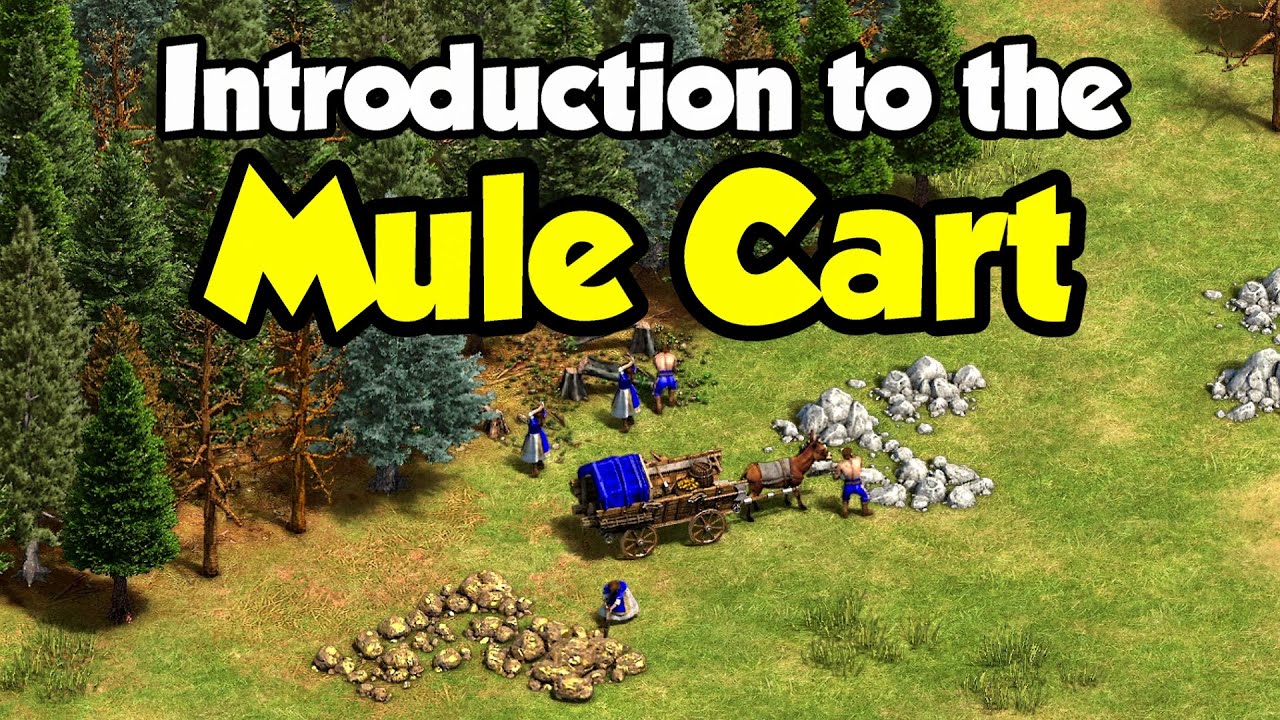First I’m generally not a fan of civs with unique starts. Whilst it might be interesting for geeks (also myself) to figure out how to optimize them, after it’s igured out it becomes just a routine like the standard starts - and learning a lot of different routines at some point becomes kind of a grind.
Which leads to the main critique that it’s heavily geared towards players who spend a lot of time learning the game - and is therefore less interesting and fun for casuals who only know the basic openers.
The positive point is, that the Mule Cart CAN be practically designed in a way it effectively functions like standard camps. And I highly recomment actually doing exactla that. Remove the food cost. Just 100 W is perfect.
Also I am interested to know how big the collision size of the Mule Cart ist. Cause I think it’s very important you can wall it off like nomral mining/lumber camps. If not, in the early rush game having mule carts could become a huge issue, when you can’t use it to small wall your vills at the ressources. It means that you either have to preemptively place defensive options there or to run to your TC and therefore gaining a lot of idle time.
Yes, in theory you could use houses/gates to wall behind the Mule Cart, but it’s an aiddional investment and inconvenience, especially if you need to quickwall.
Also ofc Mule Carts need to have enough defensive stats and be repairable basically like the standard camps, otherwise they might become a primary target for opponent maa rushes and therefore a weak point for the two civs.
Otherwise I like the idea of that unit, as it allows for creative utilization, especially in the early game. Mostly used probably to get the Hunt (after clicking up to feudal), which allows you to have very good timings and scout your opponent. Especially interesting for drush, maa and scout openers.
Which brings me to the question what’s possible with that unit?
When you play scouts, you can, after clikcing up to feudal, build your 2nd mule cart at the deer, collecting from there. As you don’t need as much on wood for a scout opener, the first mule cart is sufficient enough for your wood supply until mid feudal. Especially as you can move it in a position where 6-8 vills can opimally chop wood, which normal lumber camps usually can’t at that stage as you usually place them in a way it can only 4-5 at first.
There is even the potential to move one mule cart just temporarily to gold unti you got all you need to get your techs and click up to castle age. Though I’m not as much convinced it’s worth moving the vills that much around. But ofc sometimes it might be worth it to move a mule cart in between some different ressources which are close together and safe the ressources of an additonal one that way.
I think it’s an interesting tool, but as I said for me it’s very important it still offers the same defensive functionality as the standard camps and also doesn’t requires you to adjust your opening BO to not get idle timee for it.
